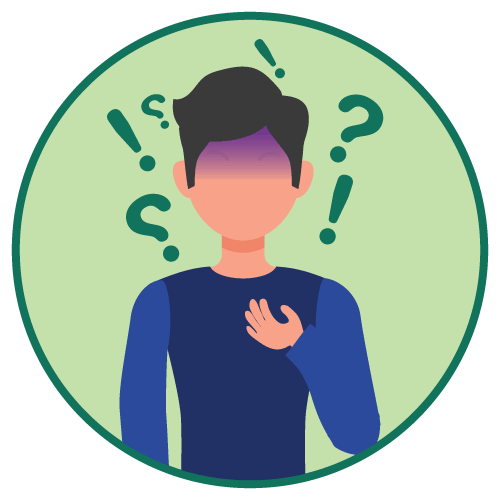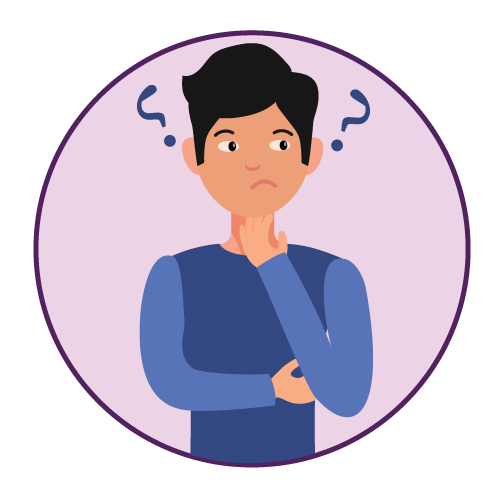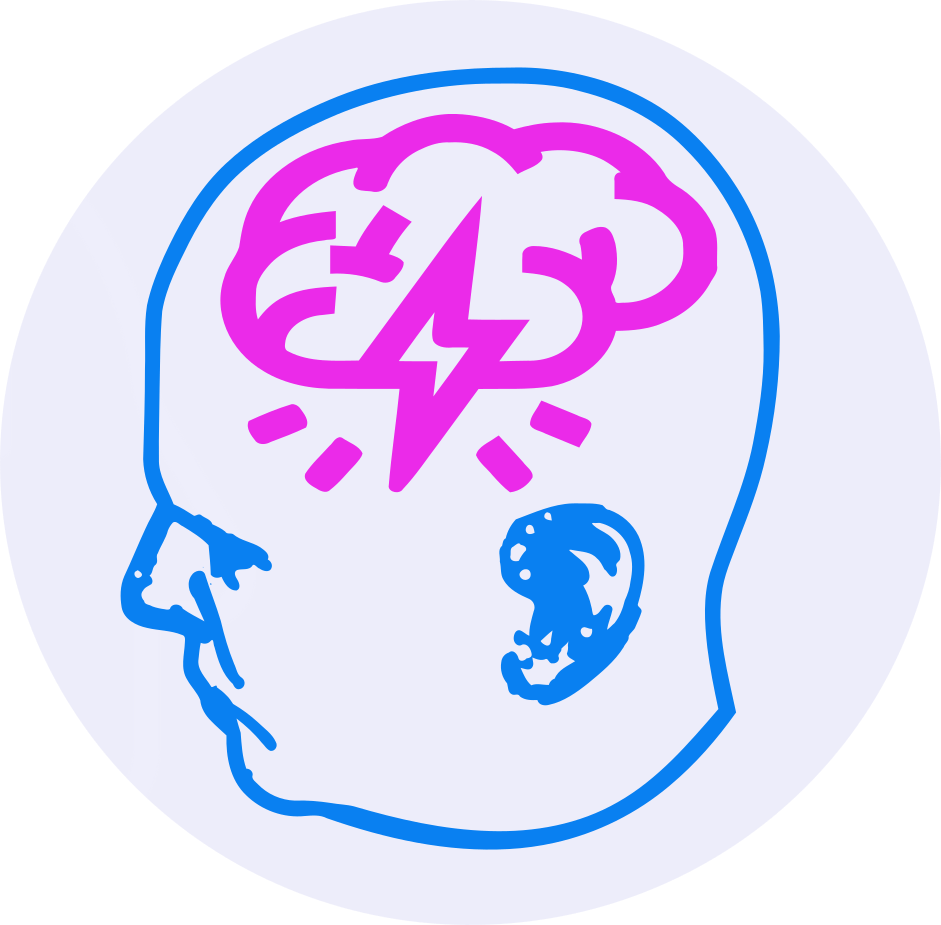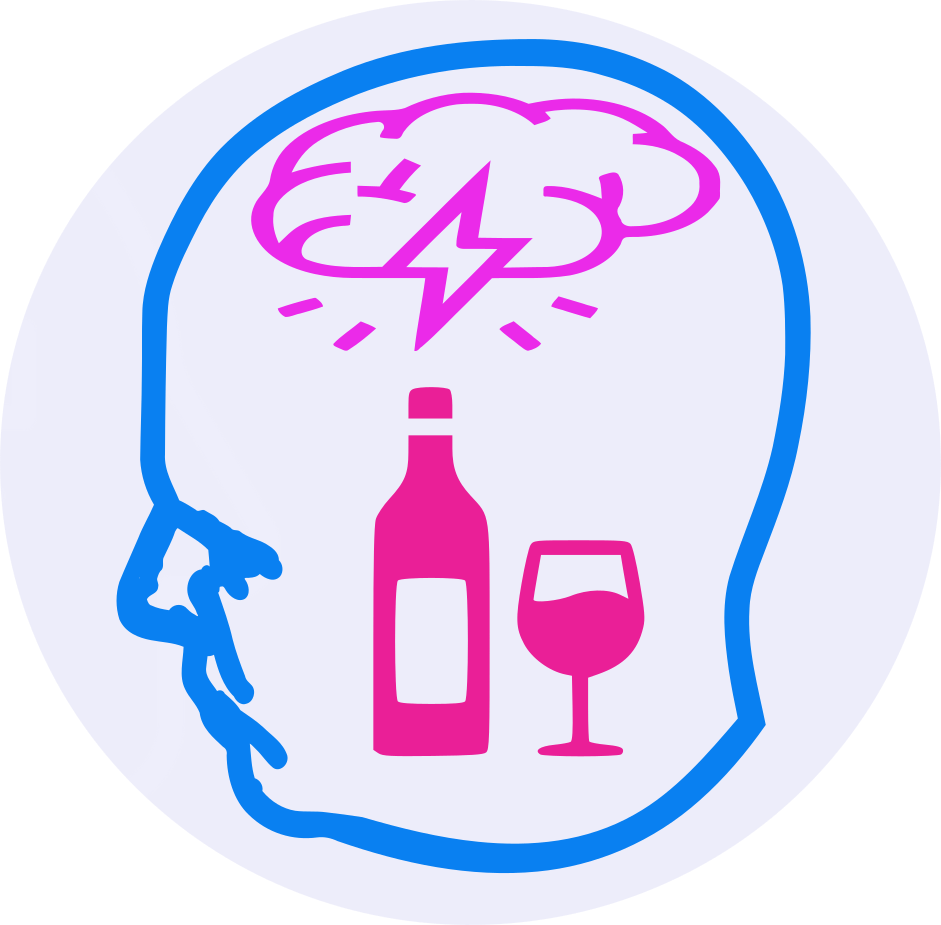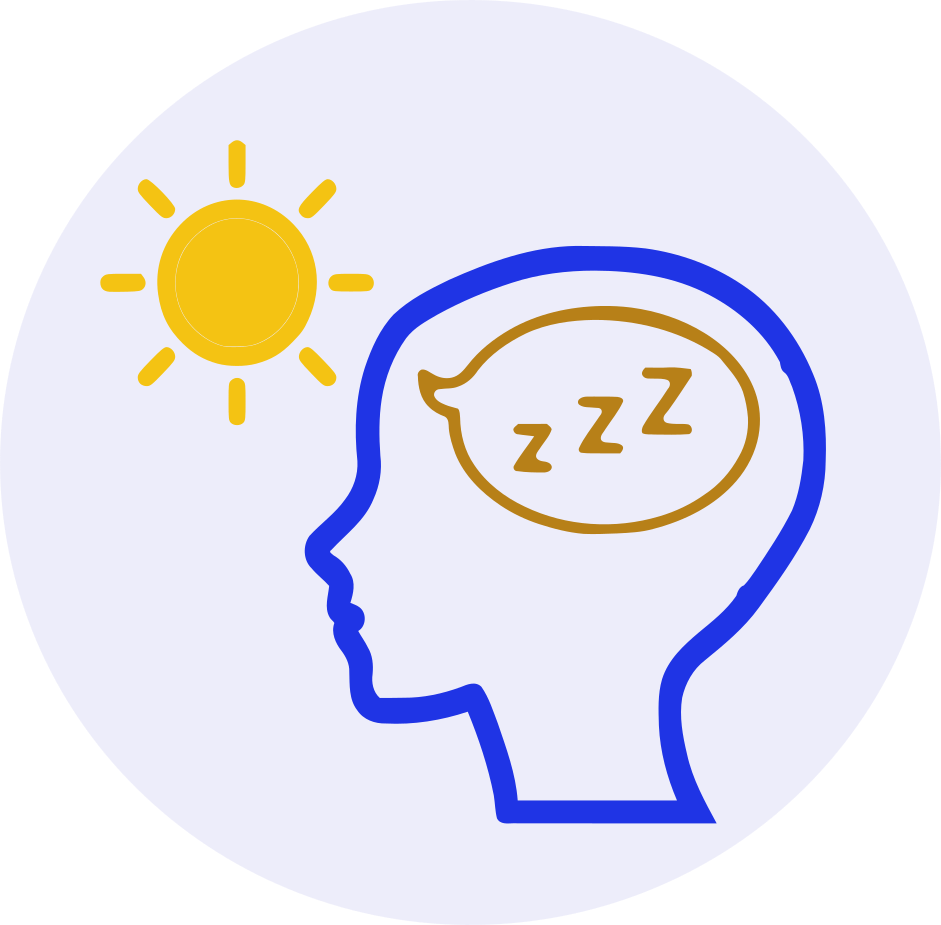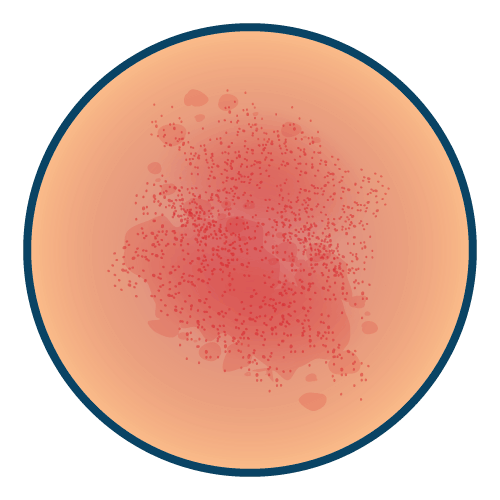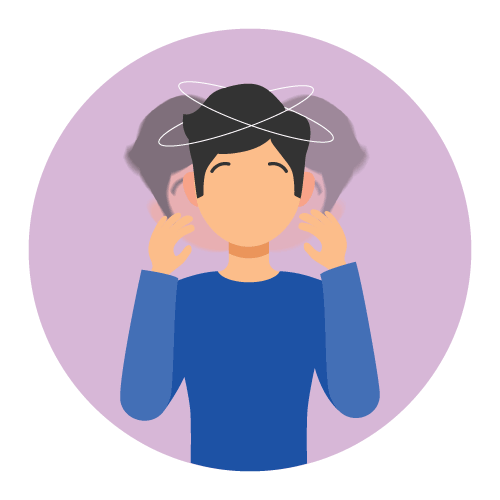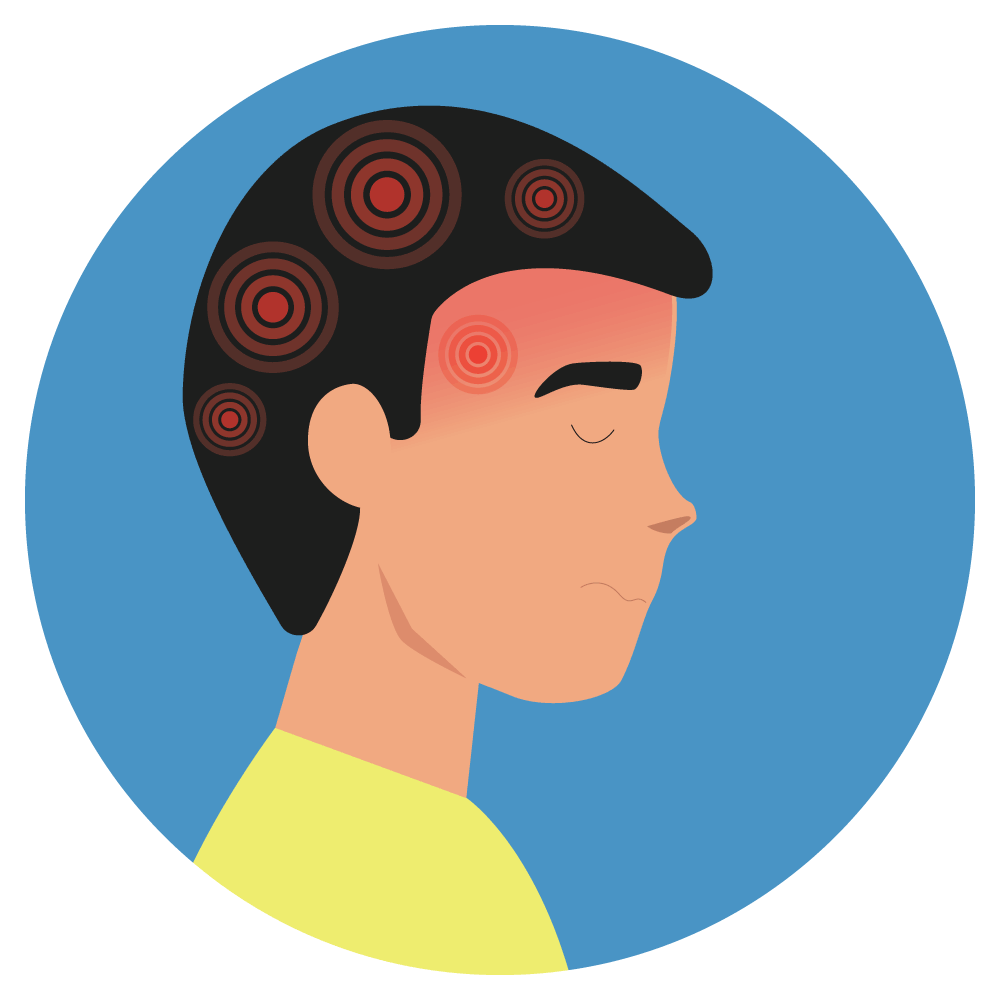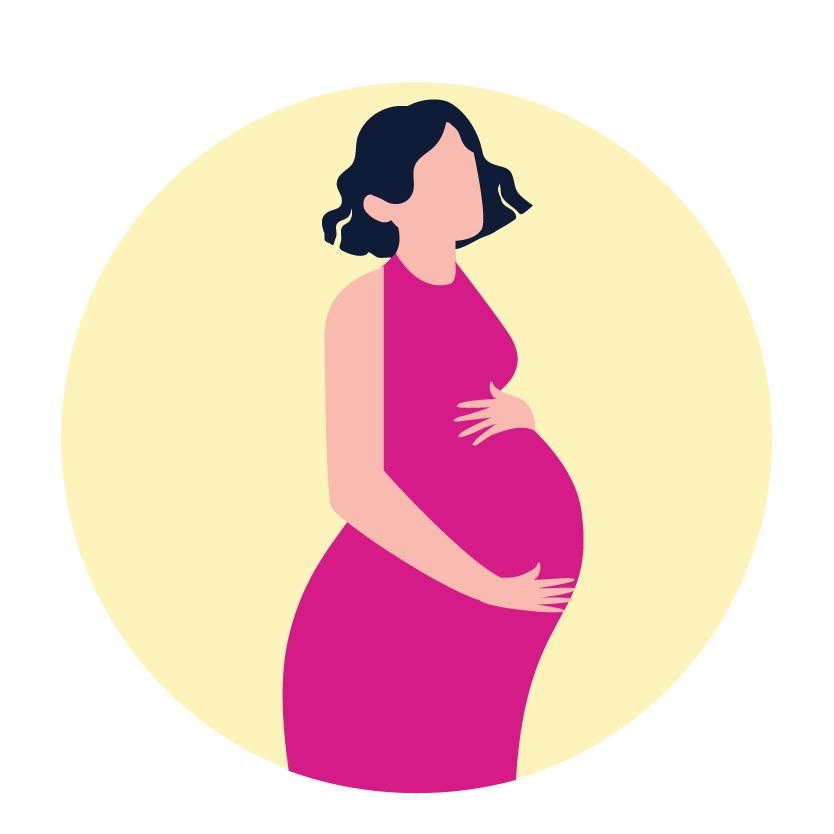| Name | Oxazepam |
| Classes |
Central Nervous System Agent Psychotherapeutic Agent Anxiolytic Benzodiazepine Sedative and Hypnotic |
| Diseases |
Alcohol Withdrawal Agitation Anxiety CNS Disorder Irritability Tension |
Oxazepam
Oxazepam belongs to a class of drugs called the benzodiazepines. It is a GABA-A receptor agonist. It is an anxiolytic drug. Oxazepam exerts its action by stimulating GABA receptors that inhibit neurons of the amygdala, which is responsible for anxiety attacks.
Oxazepam is indicated in-
- Anxiety
- Tension & Agitation in older patients
- Alcohol withdrawal symptoms
- Mild-to-moderate anxiety, with associated tension, irritability, agitation or related symptoms of functional origin or secondary to organic disease: 10 to 15 mg, 3 or 4 times daily.
- Severe anxiety syndromes, agitation, or anxiety associated with depression: 15 to 30 mg, 3 or 4 times daily
- Older patients with anxiety, tension, irritability and agitation: Initial dosage: 10 mg, 3 times daily. If necessary, increase cautiously to 15 mg, 3 or 4 times daily.
- Alcoholics with acute inebriation, tremulousness, or anxiety on withdrawal: 15 to 30 mg, 3 or 4 times daily.
- An increased risk of congenital malformations associated with the use of minor tranquilizers (chlordiazepoxide, diazepam, and meprobramate) during the first trimester of pregnancy has been suggested in several studies. Oxazepam, a benzodiazepine derivative, has not been studied adequately to determine whether it, too, may be associated with an increased risk of fetal abnormality. Because use of these drugs is rarely a matter of urgency, their use during this period should almost always be avoided.
- Although hypotension has only happened in a few cases, oxazepam should be used with caution in individuals who may experience cardiac issues as a result of a drop in blood pressure. This is especially true in the case of the older patient.
- To ensure the safe and effective use of oxazepam, patients should be told that because benzodiazepines can cause psychological and physical dependence, they should speak with their doctor before increasing the dose or abruptly quitting the medication.
- Patients should be counseled about driving automobiles or operating dangerous machinery while on oxazepam therapy, just as they should be with other CNS-acting medicines, until it is known that they will not get drowsy or dizzy.
- Patients should be informed that the effects of alcohol or other CNS-depressant medicines may interact with those of oxazepam, necessitating dosage adjustments or the discontinuation of such drugs.
Contraindication
Contraindicated in patients with known hypersensitivity to the drug or other benzodiazepines, such as-
None known.
Contraindicated in Pregnancy.
 Bangla
Bangla English
English